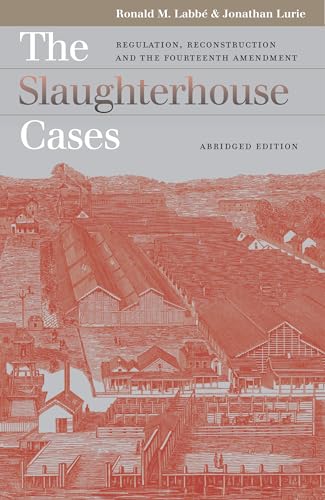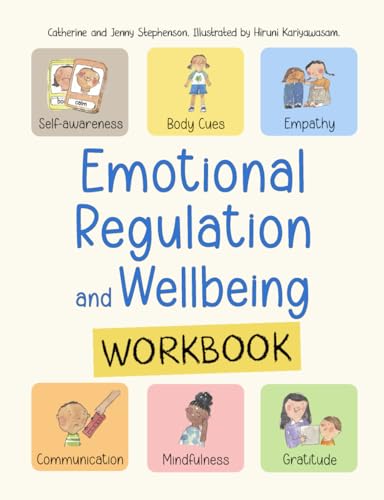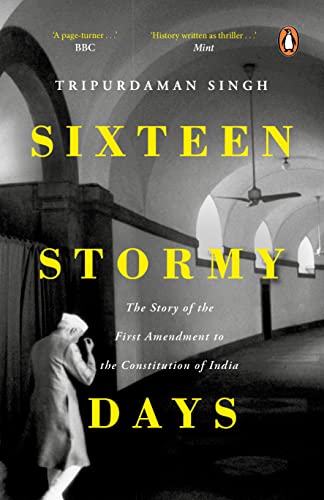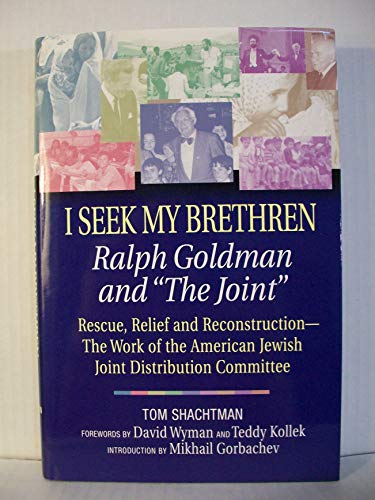The Slaughterhouse Cases : Regulation, Reconstruction, and the Fourteenth Amendment


sku: COM9780700614097USED
ACCORDING TO OUR RECORDS THIS PRODUCT IS NOT AVAILABLE NOW
$8.25
Shipping from: Canada
Description
The Fourteenth Amendment to the Constitution, ratified in 1868, sought to protect the rights of the newly freed slaves; but its first important test did not arise until five years later. That test centered on a vitriolic dispute among the white butchers of mid-Reconstruction New Orleans.The rough-and-tumble world of nineteenth-century New Orleans was a sanitation nightmare, with the citys slaughterhouses dumping animal remains into local backwaters. When Louisiana authorized a monopoly slaughterhouse to bring about sanitation reform, many independent butchers felt disenfranchised. Framing their case as an infringement of rights protected by the new amendment, they flooded the lower courts with nearly 300 suits. The surviving cases that reached the U.S. Supreme Court pitted the butchers right to labor against the states police power to regulate public health. The result was a controversial decision that for the first time addressed the meaning and import of the Fourteenth Amendment.Speaking for the majority in the Courts 5-4 decision, Justice Samuel F. Miller upheld the states actions as a fair use of its police power. He also argued that the Fourteenth Amendment was intended exclusively as a means of protecting and redressing the suffering of former slaves. The result was a very restricted interpretation of the amendments privileges and immunities, due process, and equal protection clauses. In striking contrast, the minority, led by Justices Stephen Field and Joseph Bradley, claimed that the Fourteenth Amendment had been intended to apply to all Americans, not just former slaves, and therefore protected the butchers right to labor in their chosen profession. Engagingly written and concisely crafted for students and general readers, this newly abridged edition provides a very accessible guide to one of the Supreme Courts most famous cases.
Price history chart & currency exchange rate

![The Fourteenth Amendment [first edition]
The Fourteenth Amendment [first edition]](http://pictures.abebooks.com/isbn/9780814704813-us.jpg)

![Speaking Freely : Trials of the First Amendment [first edition]
Speaking Freely : Trials of the First Amendment [first edition]](http://pictures.abebooks.com/isbn/9780143036753-us.jpg)
![Regulation of Pharmaceutical Innovation : The 1962 Amendments [first edition]
Regulation of Pharmaceutical Innovation : The 1962 Amendments [first edition]](http://pictures.abebooks.com/isbn/9780844731285-us.jpg)





















![Jekyll Island's Early Years: From Prehistory through Reconstruction (Wormsloe Foundation Publication Ser.) [first edition]
Jekyll Island's Early Years: From Prehistory through Reconstruction (Wormsloe Foundation Publication Ser.) [first edition]](http://pictures.abebooks.com/isbn/9780820324470-us.jpg)






